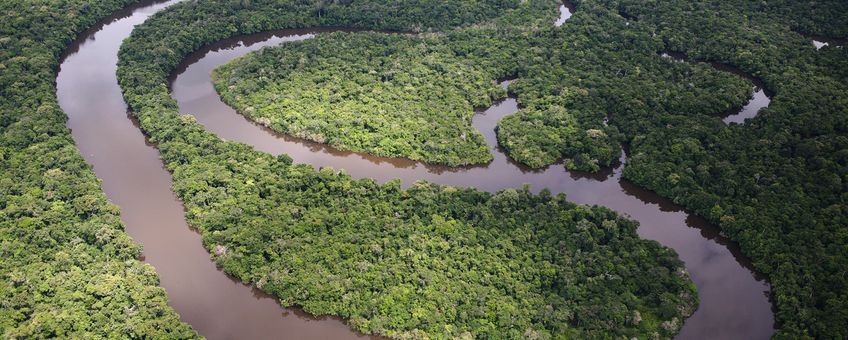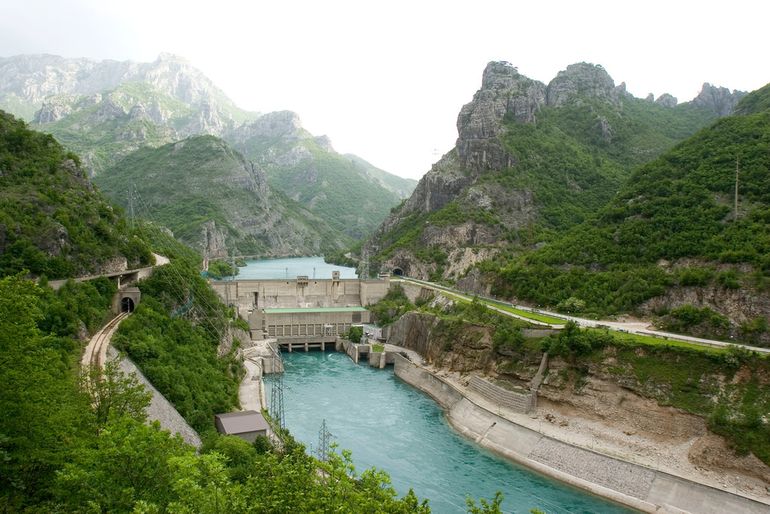
Over 260,000 kilometres of free flowing rivers at risk due to hydropower dams
World Wide Fund for Nature – NetherlandsDams and reservoirs are the leading contributors to connectivity loss in rivers around the world – and the subsequent loss of the diverse range of benefits that healthy rivers provide for people and nature. As global leaders prepare for the World Hydropower Congress in September as well as critical UN climate and biodiversity summits in the coming months, policymakers must consider the tradeoffs between hydropower development and maintaining healthy freshwater ecosystems.
“When it comes to river health, climate change and biodiversity loss, we can no longer afford to think of these as separate issues,” said Michele Thieme, WWF-US Deputy Director Freshwater and lead author of the study. “Rivers are powerful agents for keeping nature and communities healthy and resilient, especially in a warming world, yet their ability to support life is threatened by hydropower dams in many parts of the world.
“The best policy solutions will be those that balance renewable energy needs with the many benefits of thriving freshwater ecosystems,” added Thieme.
The study finds that the proposed dams on free-flowing rivers would collectively generate less than two percent of the renewable energy needed by 2050 to keep global temperature rise below 1.5 degrees Celsius - a small contribution with potentially devastating consequences to remaining free-flowing rivers, and the people and nature that depend on them.
Connected and healthy rivers deliver diverse benefits that are often overlooked: freshwater fish stocks that enhance food security for hundreds of millions of people, delivery of sediments that nourish agriculture and keep deltas above rising seas, and floodplains that help mitigate the impact of floods and support a wealth of biodiversity.

“The future is renewable, so it’s important that we lay out realistic solutions that account for the vast benefits of free-flowing rivers, but also people’s need for clean energy to mitigate climate change,” said Thieme.
The researchers compiled science-based policy solutions to meet climate targets and energy goals, while also safeguarding free-flowing rivers and their benefits to people and nature. The study outlines specific examples where governments have successfully implemented these strategies, including:
- Avoiding fragmenting rivers by instating formal protections of rivers or by exploring alternative development options, such as non-hydropower renewable energy, like solar and wind. Early, system-wide planning is the best solution to meet development needs and keeps rivers and the benefits that they provide connected and flowing.
- Minimizing the impacts of dams on rivers by siting dams in locations with fewer impacts on people and nature. Technologies such as environmental flows can also help minimize dam impacts by allowing water to move through dams in a manner that mimics natural flows.
- Restoring rivers through dam removal, an increasingly popular option in the US and Europe due to the high costs of dam maintenance and its proven ability to bring life back to rivers and help restore them to health.
- Offsetting the negative impacts of dams. If one river is severed by a dam, there may be options to protect another river to ensure that similar values are maintained in the region.
Safeguarding free flowing rivers and ensuring other rivers flow more naturally are two of the six pillars of the Emergency Recovery Plan for freshwater biodiversity, which was developed by a team of global scientists to influence the goals and targets of the upcoming global framework for nature to be agreed at the Convention on Biological Diversity conference in China.
More information
- Article Navigating trade-offs between dams and river conservation (pdf; 0.4 MB)
Text: World Wide Fund for Nature
Photos: Brent Stirton, Getty Images (lead photo: Amazon); Michel Gunther, WWF
